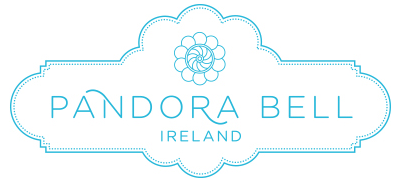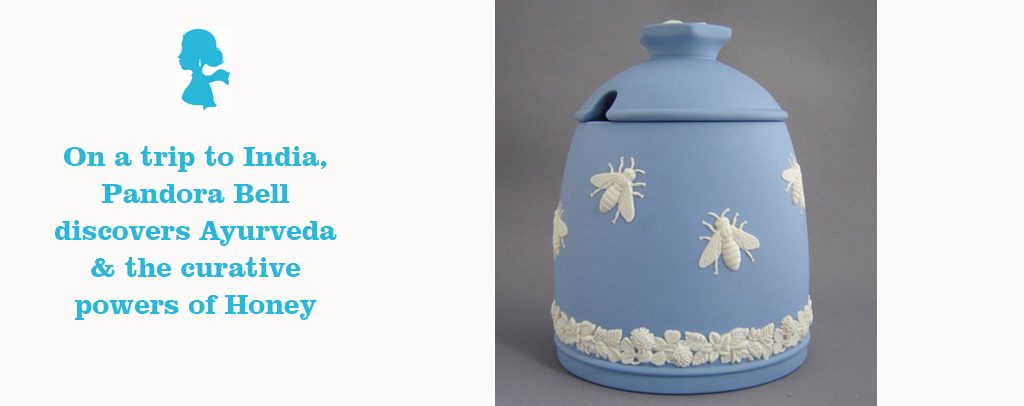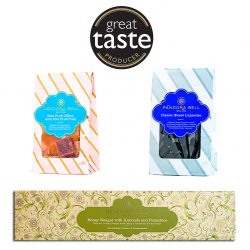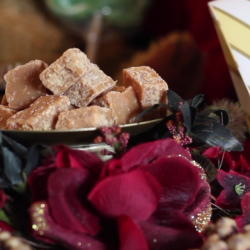
Your basket is empty

Pandora Bell Discovers Honey
On a trip to India to visit her cousins in Muni Ki Reti, Rishikesh, India, Pandora Bell’s path crossed with a fascinating character – Swami Sivananda – a successful physician and also a yogi and sage. He introduced her to the ways of Ayurveda, a teaching which advocates honey as one of the finest sources of heat and energy. The connection with honey immediately enchanted our sweet-toothed heroine and so developed an important connection.
Perhaps no one has explored honey’s benefits in as much depth as Indians have. Honey was considered to be nature’s gift to mankind and was prescribed as an essential ingredient of every kitchen. It was seen as an important part of the diet for anyone over 12 months of age. Honey was said to be easily digested by human beings, with it’s benefits being seen in treatment of digestive complaints, anaemia, heart problems, skin conditions, irritating coughs, insomnia, eye ailments and even the ageing process.
Honeys that are darker in colour are considered to have more antioxidants. Honey does not rot and can be preserved for long periods of time when sealed properly. In fact, archaeologists have found sealed jars of honey in the tombs of pharaohs in the ancient Egyptian city of Thebes and in the tomb of Tutankhamen. There’s no information on what the archaeologists did with all that honey!
We however, have valuable information from Pandora Bell’s diary, that she somehow came across a jar of this legendary honey. Pure coincidence of course that her father attended a series of Egyptology lectures with Howard Carter in Kensington in the 1920s. Pandora kept it as her most treasured possession sealed inside a Wedgwood Jasperware Honeypot. This is the earliest known inspiration for Pandora Bell’s Honey Nougat.
Honey Today
- About 25,000 species of bee are known to exist, of which many are unfortunately under threat of extinction.
- Almost 80% of food in the supermarket is there as a result of bee-pollination.
- It takes about 10 million trips foraging for nectar, or the equivalent of 1.5 round trips around the world, for honey bees to produce the equivalent of 500 grams of honey.










